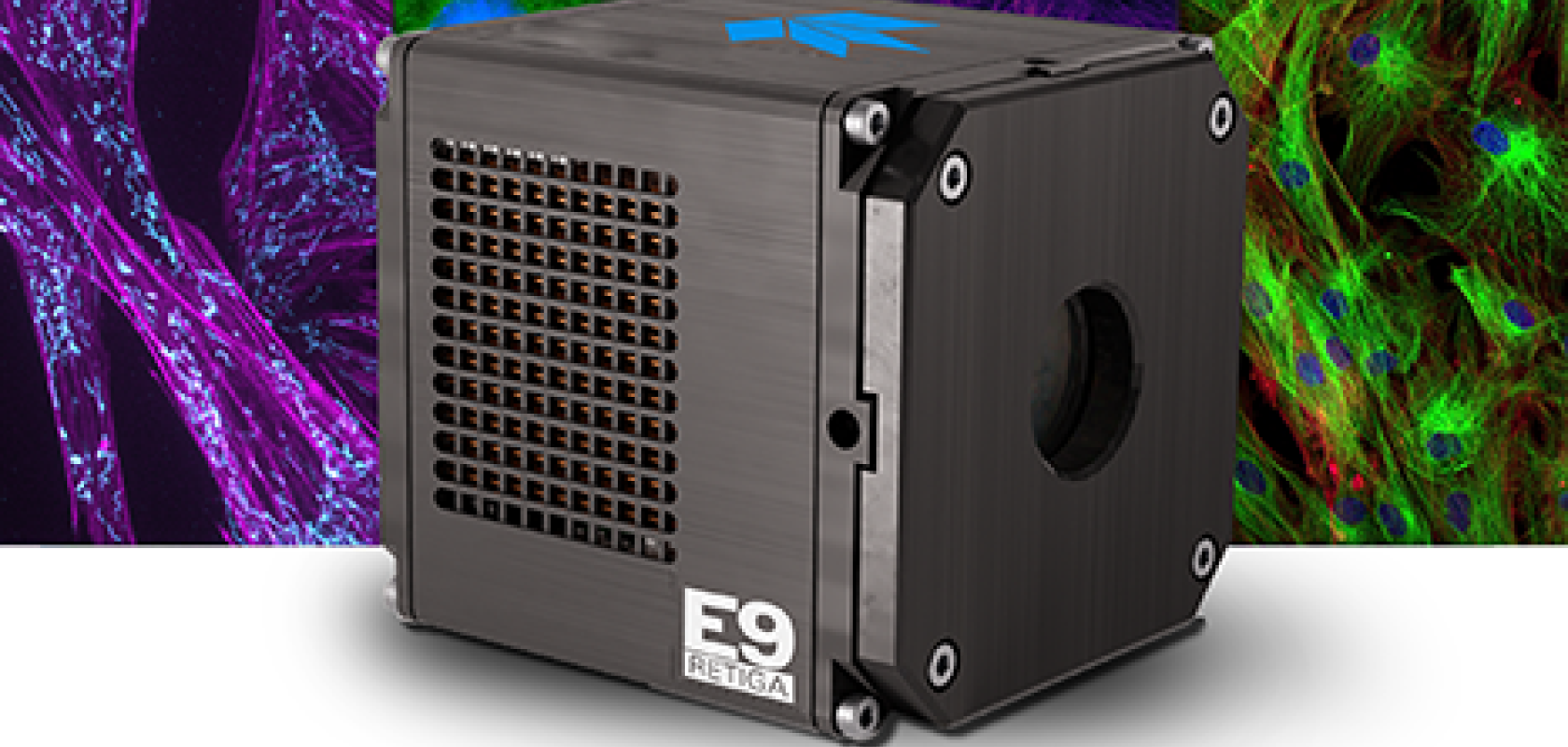Teledyne Photometrics has introduced the Retiga E9 camera that can capture exposures from 10s of microseconds to 10s of minutes, delivering detailed, high-resolution images without extraneous noise.
With its stacked CMOS sensor technology developed by Sony, the E9’s square pixel array with 3.76µm pixels and high dynamic range (>80dB) combine to create a sensitive, versatile, and cost-effective low noise camera ready for integration or benchtop use.
With a combination of low readout noise, high quantum efficiency, small pixel size, and large full well capacity the Retiga E9 is an ideal solution for imaging low-light signals for the extended periods of time required in gel documentation, DNA and RNA sequencing, qPCR, fluorescence/phosphorescence imaging, and general microscopy applications.
The 9-megapixel, 3k x 3k array matches the field of view of many scientific imaging instruments, microscopes, and other C-mount-based optical systems.
The Retiga E platform, using the Teledyne Photometrics Citadel Sensor Chamber, isolates the sensor from the environment and allows air cooling down to below -20°C. The platform is designed for easy device integration into instrumentation, with a compact form factor, USB 3.2 10Gbs data communication, and long camera lifetime.


